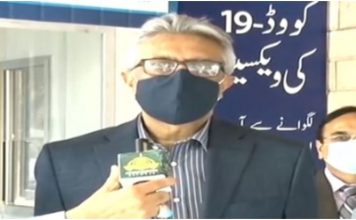KABUL Sept 15 (TNS): Around the time President Trump announced his new strategy for Afghanistan, a delegation of American and Afghan military officials arrived in New Delhi. They wanted to learn more about the Indian Territorial Army, which has been deployed in contentious areas to ease the burden on India’s regular army, The New York Times revealed on Friday.
The American military has turned to that force as a potential model for how to maintain the Afghan government’s waning control, without too high a cost, in difficult parts of Afghanistan at a time when the Taliban are resurgent.
But diplomats and human rights groups worry that the proposal looks much like an older model — the Afghan Local Police, local militias who were trained and paid by the Americans but were accused of a long series of human violations, including abuse of civilians and sexual abuse of boys.
The size of the new force is yet to be finalized, but it could number more than 20,000, according to a senior Afghan official who was granted anonymity because the concept is still being discussed.
The new local force would be under the command of the army, and recruits would go through similar training as regular soldiers. But the new force would serve primarily in local communities, holding areas cleared by the regular army, whose units would take on a primarily offensive role.
Afghan officials say the new approach would in fact help rein in an unwieldy array of militias, rather than empower them to commit abuses.
buy levitra professional online https://taxmama.com/wp-content/forum/styles/en/levitra-professional.html no prescription
The idea surely appeals to American commanders, like Gen. John W. Nicholson, the commander of American and NATO forces in Afghanistan. Military officers want to demonstrate progress to Mr. Trump, who said his “original instinct was to pull out.” He has ruled out a “hasty withdrawal” but insisted that there is no “blank check” for what has become the longest war in United States history.
But in interviews, at least four Western officials briefed on the plan expressed doubts that the new force would be much different from the old Afghan Local Police militias, given the violent reality that districts are threatened by the Taliban. “It risks being turned into a dangerous shortcut,” one of them said.
“Placing the new militia under the army leadership, as opposed to the police-district governor oversight structure of the A.L.P., hopes to increase monitoring and control,” said Vanda Felbab-Brown, a senior fellow at the Brookings Institution who studies Afghan security and governance. “However, since the Afghan Army suffers from leadership problems at the unit level, there is no guarantee that army will be significantly more capable of controlling the new militias than the previous police leadership managed with the A.L.P.”















